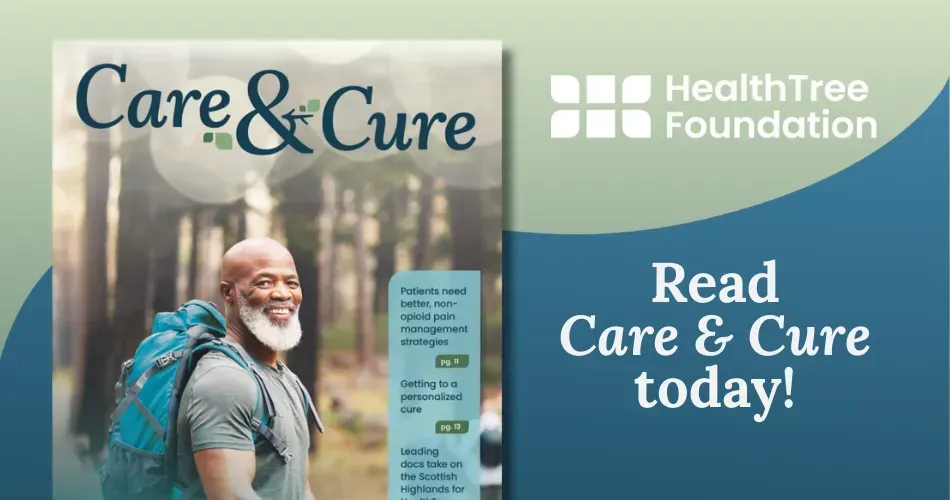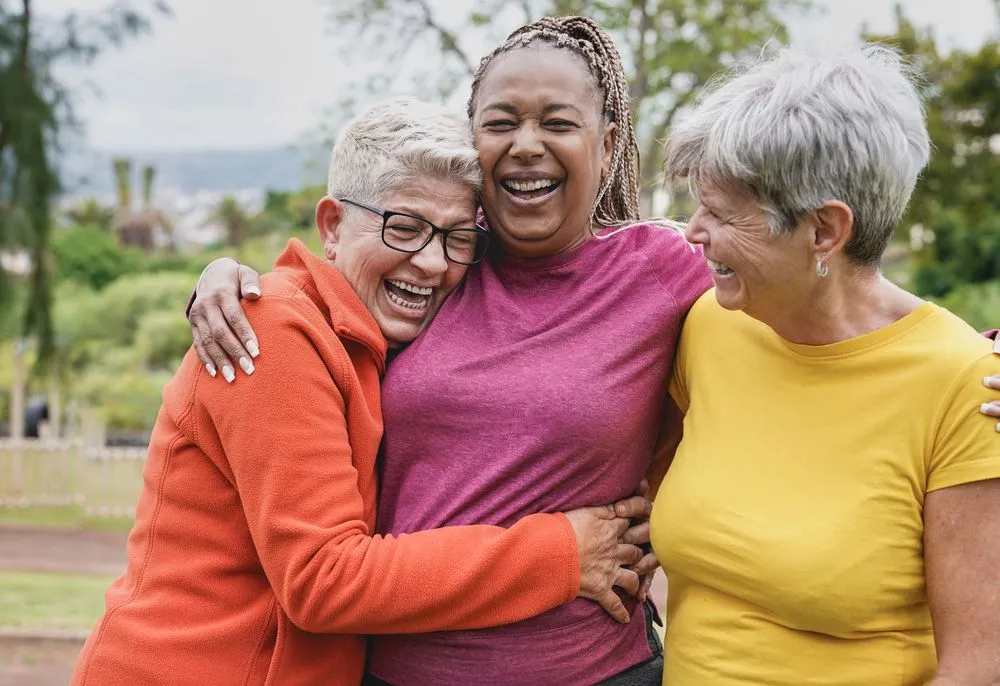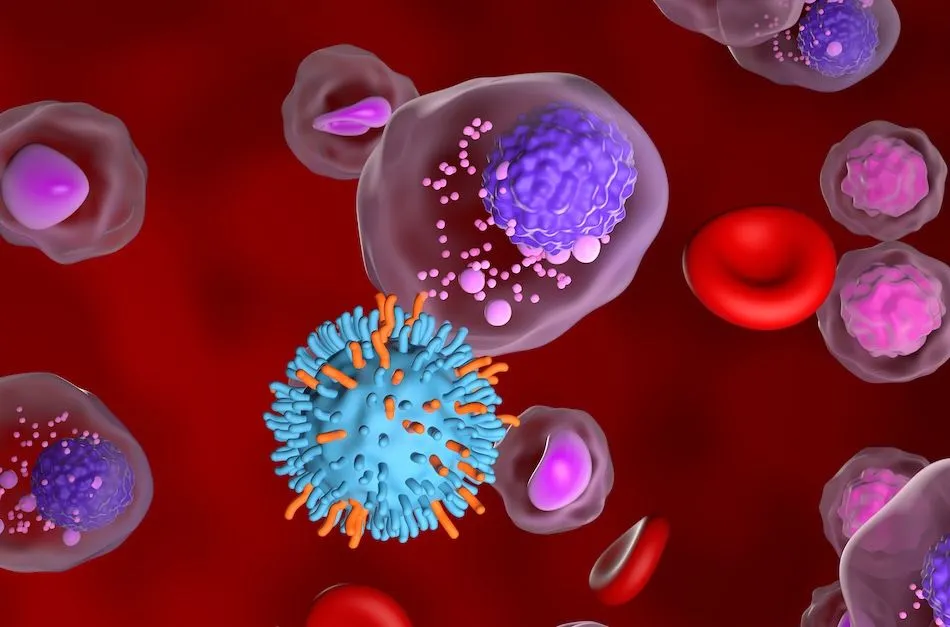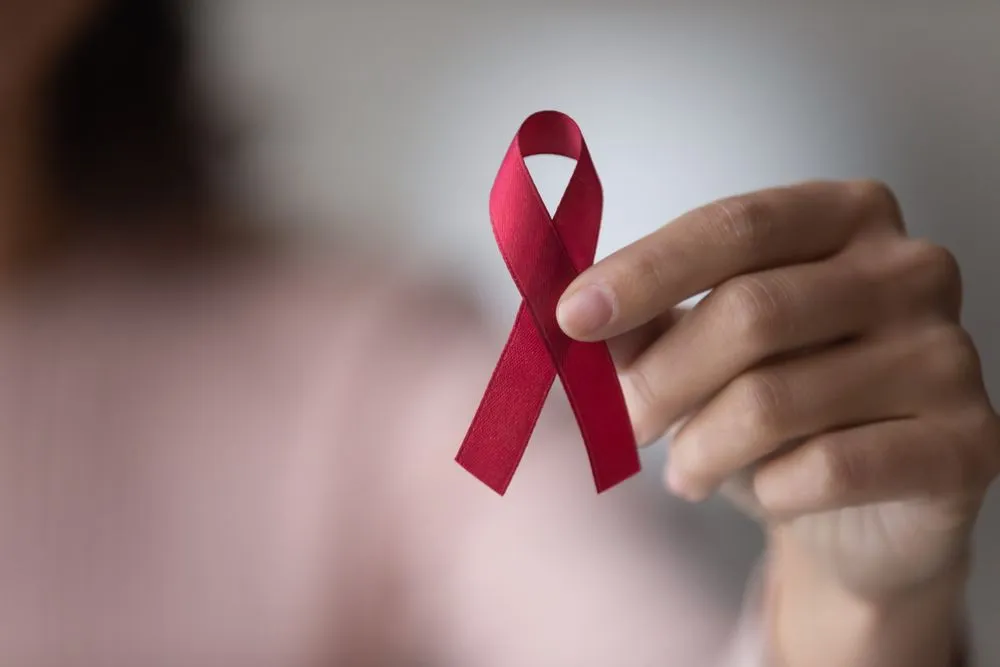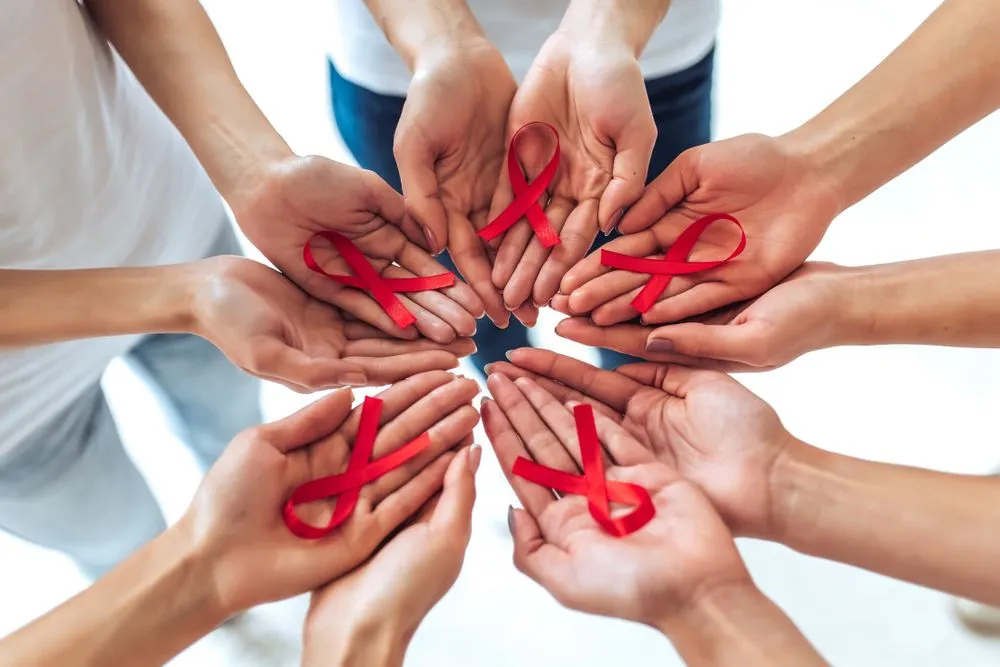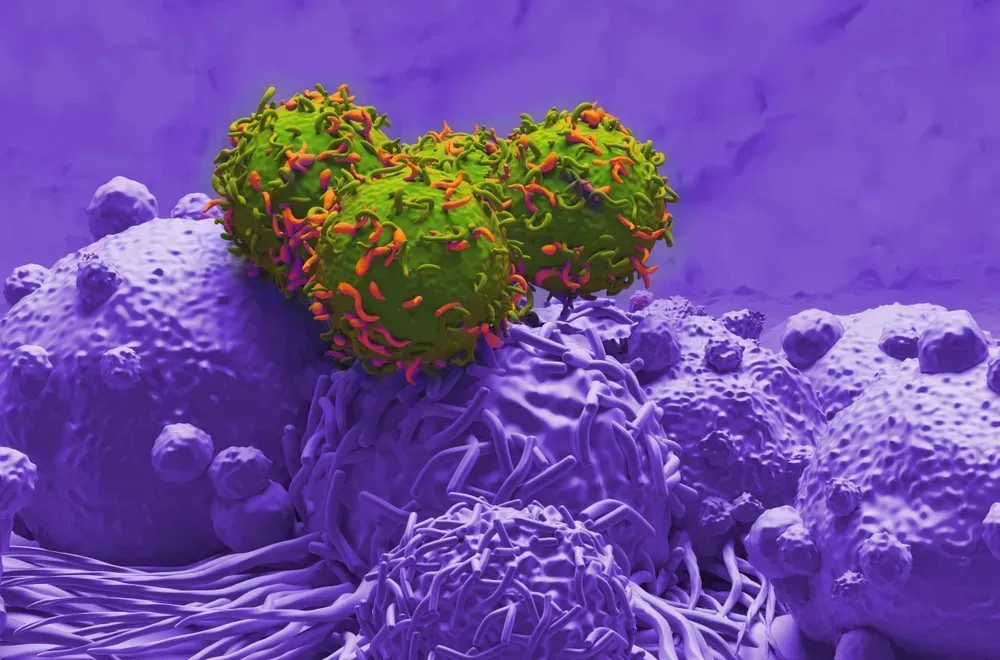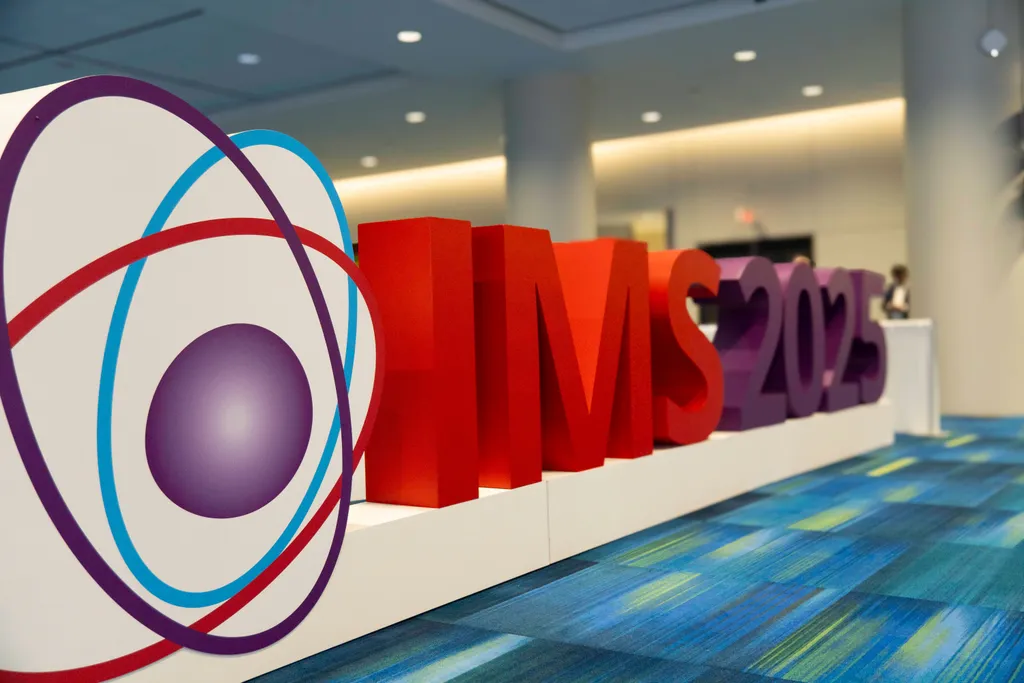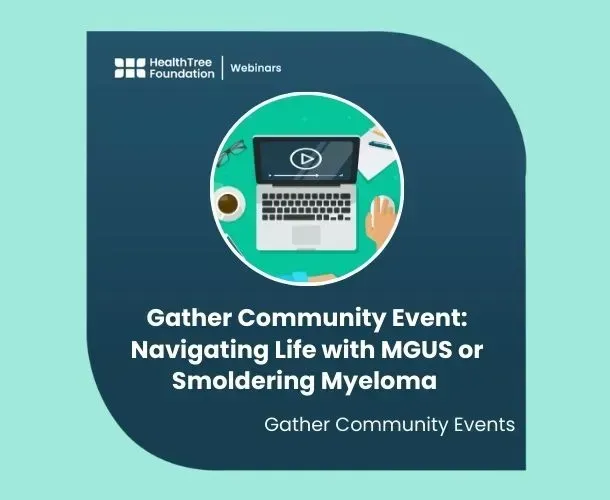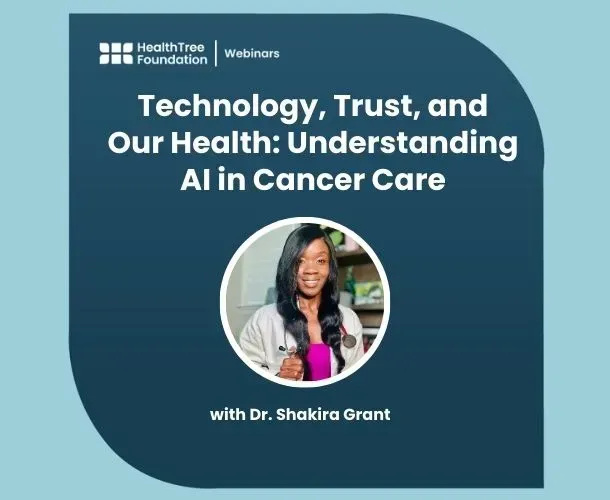Myeloma Round Table: Precursors Through First Treatment — Houston, March 26, 2022 (Part 1)

It is estimated that at 80% of myeloma patients never have direct or indirect contact with a specialist. Yet studies have shown that patients whose treatment is supervised by a specialist have better outcomes as compared to those who do not.
This program focuses on MD Anderson Cancer Center in Houston, TX, one of the premier myeloma research and treatment facilities in the world, to get a glimpse of why specialists matter.
In Part 1, Drs. Robert Orlowski and Muzzaffar Qazilbash discuss how precursor conditions like MGUS and smoldering myeloma to transplant in initial treatment for newly diagnosed patients are assessed at MD Anderson.
Dr. Orlowski stepped in for Dr. Elisabet Manasanch, who had to cancel due to illness. Dr. Hans Lee joins in the Question & Answer session that concludes this program, our second annual look into one of the top myeloma centers of excellence in the nation, which was held on March 26, 2022
Robert Orlowski, MD Anderson Cancer Center, Houston, TX: Precursor Conditions
- Watch and wait was long a standard why to treat myeloma
- This approach can be frustrating for patients.
- MGUS becomes more common with aging
- Risk of progression based on clinical criteria: level of protein in blood, number of myeloma cells in bone marrow
- Treatment?
- Lenalidomide or lenalidomide + dexamethasone is usually a part of any treatment
- Immunotherapies can have greater efficacy and less toxicity, less side effects
- Myeloma cells can have differing pathways to progress to active myeloma:
- Leading to new therapeutic approaches
- Need to study normal plasma vs. myeloma cell genetics
- Sharing your diagnosis with your family is essential for myeloma screening, so don’t be afraid to share.
Musaffar Qazilbash, MD Anderson Cancer Center, Houston, TX: Transplants at MD Anderson
- Basic principles of stem cell transplantation
- High doses of chemotherapy needed to eradicate underlying disease
- Autologous stem cell transplant (SCT) - curative effect comes from high dose chemo on own stem
- Allogeneic SCT comes from a donors
- Discussion of process: collection, processing, storage, chemotherapy, re-infusion
- How myeloma specialist collaborate at MD Anderson
- New patients are referred early to SCT
- Stay in Houston for 2 months of treatment
- Start maintenance, 3 months post-transplant, given prophylactic antibiotics and vaccinations
- Encourage patients to participate in clinical trials if they are eligible
- Transplant vs. no transplant: why do so in the era of novel drugs?
- Higher response rates, more durable than novel therapies
- Longer progression-free survival (PFS) when combined with induction and maintenance
- Creates a platform for future immunotherapies
- Recommended in most specialist-developed guidelines
- Timing: early or delayed?
- Early improves PFS, stay in remission longer, overall survival (OS) good
- Most important: actually do it, no matter when
- Need more data and experience to determine differences
- Follow current guidelines and take part in clinical trials when possible
Robert Orlowski, MD Anderson Cancer Center, Houston, TX: Questioning Paradigms
- Twenty years ago:
- Induction therapy: Vincristine+doxorubicin+dexamethasone (VAD), complete response was minimal
- Maintenance therapy: prednisone and other steroids caused many side effects
- Relapsed/refractory disease was treated with thalidomide plus dexamethasone
- Because of great progress, we have so many options that in some ways we have trouble in choosing the correct drug
- Challenging paradigms:
- Smoldering myeloma: watch and wait should be the standard of care. Some patients never progress to myeloma
- Newly diagnosed (NDMM): adding more drugs to current regimens will get to a cure, but this means more side effects
- Relapsed/refractory disease was treated with thalidomide plus dexamethasone
- Targeted bispecific antibody in clinical trial may replace VRd or Dare-VRd
- Melphalan still plays important role in SCT
- Maintenance therapy: need is driven by current inability to eradicate myeloma
- Relapsed/refractory disease (RRMM): novel therapies can make a difference
- Myeloma in Two Years:
- Watch and wait for smoldering myeloma
- Triplets and quadruplets for initial therapy
- Transplants for eligible patients
- CAR-T cells, bispecifics, BCMA-targeted drugs for 4th-6th lines of treatment
- Myeloma in Five Years:
- Triplets for high-risk smoldering myeloma
- Triplets and quadruplets for induction
- Transplant vs. CAR-T in high risk myeloma
- Still BCMA-targeted and CAR-T cells for lines 4-6
- Myeloma in Ten Years:
- Vaccines or bispecifics for smoldering myeloma
- Bispecifics used during induction
- Perhaps no maintenance therapy unless MinimalResidualDisease-positive
- BCMA-Targeted and CAR-T for lines 1 to 3
- Clinical trials enrollment is vital to help understand treatments better
- Always ask if a trial option is available, at every step of disease
- Get with a myeloma specialist, trials are more available, and outcomes are better!
- Always ask if a trial option is available, at every step of disease
Questions & Answers
Discussion moderated by Jenny Ahlstrom:
- 00:30 - Is adding isatuximab or daratumumb to triplets the new standard and and for whom is are these good?
- 3:00 - How should one navigate the process of finding a myeloma specialist?
- 8:25 - Please discuss side effect protocols for managing side effects of Revlimid.
- 10:30 - How do we make decisions when we relapse?
- 15:10 - How patients should thing about CAR T vs other treatments?
- 18:44 - Re: COVID, should patient get the and EVUSHELD vaccine?
Audience-submitted questions:
- 22:00 - What is the status of anti-myeloma vaccines?
- 23:27 - Who is eligible for bispecific study at MD Anderson?
- 24:30 - Please explain more about the value of a myeloma specialist.
- 26:15 - If CAR T therapy fails, is it the end of the line?
- 29:04 - What and which secondary malignancies are myeloma patients at risk of contracting? How often should MRD testing be done?
- 33:05 - What about patients who have oligo-secretory myeloma?
- 35:05 - What causes a patient’s spine that does not heal?
- 37:55 - Do ways exist to help the patient with therapies for conditioning or boosting the immune system?
- 45:40 - Does a vegetarian or vegan diet help?
- 48:35 - What is the risk of progression in smoldering myeloma?
- 50:30 - Can comorbidities or other cancers prevent patients from enrolling in clinical trials?
- 51:25 - If a patient relapses 2-3 years after ASCT, what choices exist?
- 54:00 - Is there a standard way to measure the immune system status? How can HealthTree Foundation help with that?
Thanks to our sponsors

It is estimated that at 80% of myeloma patients never have direct or indirect contact with a specialist. Yet studies have shown that patients whose treatment is supervised by a specialist have better outcomes as compared to those who do not.
This program focuses on MD Anderson Cancer Center in Houston, TX, one of the premier myeloma research and treatment facilities in the world, to get a glimpse of why specialists matter.
In Part 1, Drs. Robert Orlowski and Muzzaffar Qazilbash discuss how precursor conditions like MGUS and smoldering myeloma to transplant in initial treatment for newly diagnosed patients are assessed at MD Anderson.
Dr. Orlowski stepped in for Dr. Elisabet Manasanch, who had to cancel due to illness. Dr. Hans Lee joins in the Question & Answer session that concludes this program, our second annual look into one of the top myeloma centers of excellence in the nation, which was held on March 26, 2022
Robert Orlowski, MD Anderson Cancer Center, Houston, TX: Precursor Conditions
- Watch and wait was long a standard why to treat myeloma
- This approach can be frustrating for patients.
- MGUS becomes more common with aging
- Risk of progression based on clinical criteria: level of protein in blood, number of myeloma cells in bone marrow
- Treatment?
- Lenalidomide or lenalidomide + dexamethasone is usually a part of any treatment
- Immunotherapies can have greater efficacy and less toxicity, less side effects
- Myeloma cells can have differing pathways to progress to active myeloma:
- Leading to new therapeutic approaches
- Need to study normal plasma vs. myeloma cell genetics
- Sharing your diagnosis with your family is essential for myeloma screening, so don’t be afraid to share.
Musaffar Qazilbash, MD Anderson Cancer Center, Houston, TX: Transplants at MD Anderson
- Basic principles of stem cell transplantation
- High doses of chemotherapy needed to eradicate underlying disease
- Autologous stem cell transplant (SCT) - curative effect comes from high dose chemo on own stem
- Allogeneic SCT comes from a donors
- Discussion of process: collection, processing, storage, chemotherapy, re-infusion
- How myeloma specialist collaborate at MD Anderson
- New patients are referred early to SCT
- Stay in Houston for 2 months of treatment
- Start maintenance, 3 months post-transplant, given prophylactic antibiotics and vaccinations
- Encourage patients to participate in clinical trials if they are eligible
- Transplant vs. no transplant: why do so in the era of novel drugs?
- Higher response rates, more durable than novel therapies
- Longer progression-free survival (PFS) when combined with induction and maintenance
- Creates a platform for future immunotherapies
- Recommended in most specialist-developed guidelines
- Timing: early or delayed?
- Early improves PFS, stay in remission longer, overall survival (OS) good
- Most important: actually do it, no matter when
- Need more data and experience to determine differences
- Follow current guidelines and take part in clinical trials when possible
Robert Orlowski, MD Anderson Cancer Center, Houston, TX: Questioning Paradigms
- Twenty years ago:
- Induction therapy: Vincristine+doxorubicin+dexamethasone (VAD), complete response was minimal
- Maintenance therapy: prednisone and other steroids caused many side effects
- Relapsed/refractory disease was treated with thalidomide plus dexamethasone
- Because of great progress, we have so many options that in some ways we have trouble in choosing the correct drug
- Challenging paradigms:
- Smoldering myeloma: watch and wait should be the standard of care. Some patients never progress to myeloma
- Newly diagnosed (NDMM): adding more drugs to current regimens will get to a cure, but this means more side effects
- Relapsed/refractory disease was treated with thalidomide plus dexamethasone
- Targeted bispecific antibody in clinical trial may replace VRd or Dare-VRd
- Melphalan still plays important role in SCT
- Maintenance therapy: need is driven by current inability to eradicate myeloma
- Relapsed/refractory disease (RRMM): novel therapies can make a difference
- Myeloma in Two Years:
- Watch and wait for smoldering myeloma
- Triplets and quadruplets for initial therapy
- Transplants for eligible patients
- CAR-T cells, bispecifics, BCMA-targeted drugs for 4th-6th lines of treatment
- Myeloma in Five Years:
- Triplets for high-risk smoldering myeloma
- Triplets and quadruplets for induction
- Transplant vs. CAR-T in high risk myeloma
- Still BCMA-targeted and CAR-T cells for lines 4-6
- Myeloma in Ten Years:
- Vaccines or bispecifics for smoldering myeloma
- Bispecifics used during induction
- Perhaps no maintenance therapy unless MinimalResidualDisease-positive
- BCMA-Targeted and CAR-T for lines 1 to 3
- Clinical trials enrollment is vital to help understand treatments better
- Always ask if a trial option is available, at every step of disease
- Get with a myeloma specialist, trials are more available, and outcomes are better!
- Always ask if a trial option is available, at every step of disease
Questions & Answers
Discussion moderated by Jenny Ahlstrom:
- 00:30 - Is adding isatuximab or daratumumb to triplets the new standard and and for whom is are these good?
- 3:00 - How should one navigate the process of finding a myeloma specialist?
- 8:25 - Please discuss side effect protocols for managing side effects of Revlimid.
- 10:30 - How do we make decisions when we relapse?
- 15:10 - How patients should thing about CAR T vs other treatments?
- 18:44 - Re: COVID, should patient get the and EVUSHELD vaccine?
Audience-submitted questions:
- 22:00 - What is the status of anti-myeloma vaccines?
- 23:27 - Who is eligible for bispecific study at MD Anderson?
- 24:30 - Please explain more about the value of a myeloma specialist.
- 26:15 - If CAR T therapy fails, is it the end of the line?
- 29:04 - What and which secondary malignancies are myeloma patients at risk of contracting? How often should MRD testing be done?
- 33:05 - What about patients who have oligo-secretory myeloma?
- 35:05 - What causes a patient’s spine that does not heal?
- 37:55 - Do ways exist to help the patient with therapies for conditioning or boosting the immune system?
- 45:40 - Does a vegetarian or vegan diet help?
- 48:35 - What is the risk of progression in smoldering myeloma?
- 50:30 - Can comorbidities or other cancers prevent patients from enrolling in clinical trials?
- 51:25 - If a patient relapses 2-3 years after ASCT, what choices exist?
- 54:00 - Is there a standard way to measure the immune system status? How can HealthTree Foundation help with that?
Thanks to our sponsors


about the author
Andrea Robles
Andrea Robles is an International Medical Graduate, part of Healthtree’s patient navigator staff. She is committed to patient’s global wellness and finding a cure through research. She’s also a wife and mom of 3.
More on HealthTree Programs
Trending Articles



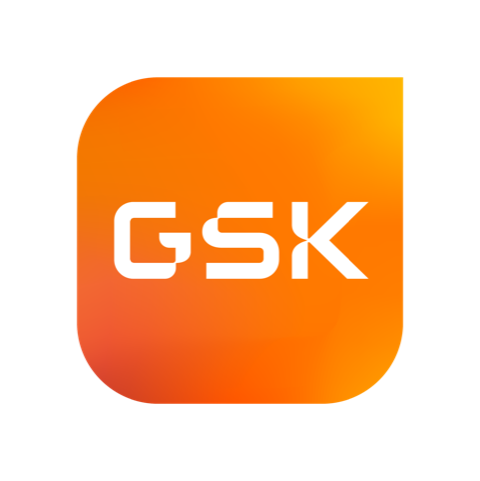
Get the Latest Multiple Myeloma Updates, Delivered to You.
By subscribing to the HealthTree newsletter, you'll receive the latest research, treatment updates, and expert insights to help you navigate your health.
Together we care.
Together we cure.
3x Faster.
